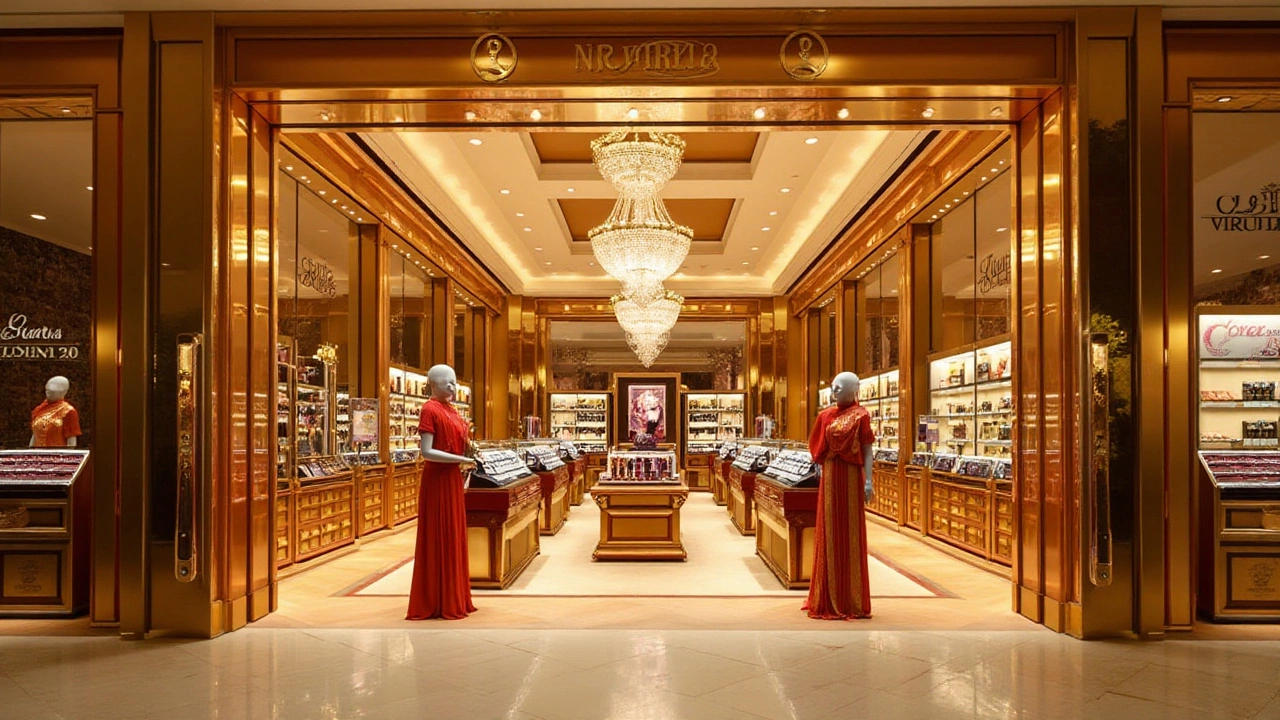Wealthiest Cosmetics: What’s Worth the Splurge?
Ever wonder why some beauty lovers drop big bucks on a single serum while others stick to drugstore basics? The answer isn’t just brand hype – it’s about ingredients, technology, and how a product fits your skin. In this guide we’ll break down what really makes a cosmetic “wealthy,” help you spot the true value, and share practical ways to enjoy luxury without burning your wallet.
What Makes a Cosmetic Wealthy?
Luxury cosmetics usually have three things in common: high‑grade actives, advanced delivery systems, and brand prestige. Think of a cream that packs retinol, peptide complexes, and ceramides in a stable, low‑pH formula. Those ingredients cost more to source and formulate, so the price tag climbs. Another factor is packaging – airless pumps, glass jars, and sustainable materials add to the cost but also protect the formula.
But price doesn’t always equal performance. A $200 serum might contain the same amount of hyaluronic acid as a $30 drugstore version. The difference often lies in concentration and how well the product penetrates the skin. Look for clinical data, third‑party testing, or dermatologist endorsements to confirm that the extra dollars are justified.
Our own post “Is Expensive Skincare Worth It? Splurge vs Save Guide for 2025” dives deep into the ingredients that actually deliver results. If a product talks about “gold‑infused” without any proven benefit, it’s probably more about flash than function.
Smart Ways to Splurge on Luxury Beauty
Want to enjoy the high‑end experience without regret? Start with a “test before you invest” approach. Many premium brands offer travel‑size versions or sample kits. Try those for a month and see how your skin reacts before committing to the full size.
Next, prioritize products that address your biggest skin concerns. A luxury eye cream with peptides can be a game‑changer if you’re battling fine lines, whereas a pricey body lotion might not be worth it if your skin is fine elsewhere.
Keep an eye on seasonal sales and loyalty programs. Websites like ours often feature limited‑time deals on top brands, making it possible to snag a coveted serum at a fraction of the cost. Pair a splurge with a solid basics routine – a gentle cleanser, a reliable SPF (see our post “What Is the #1 Thing for Anti‑Aging? Daily Sunscreen, Proven by Science”), and a moisturizer – and you’ll maximize the impact of your high‑end addition.
Finally, think about product longevity. A well‑formulated high‑end cream may last longer because a little goes a long way, while a cheap alternative might need thicker layers, leading to faster depletion. Calculate the cost per use, not just the sticker price.
Whether you’re eyeing a limited‑edition lipstick or a cutting‑edge anti‑aging serum, the key is to be informed. Look for real ingredient benefits, test before you buy, and blend luxury finds with a strong foundation routine. That’s how you get the glow of wealthiest cosmetics without the buyer’s remorse.
Exploring the Richest Makeup Brands of Today
The beauty industry thrives on innovation and branding, with certain makeup brands standing out due to their massive financial success. Unraveling the wealthiest makeup brands not only showcases their financial prowess but also highlights their impact on beauty standards and trends globally. This article delves deep into what makes these companies wealthy, their iconic products, and their influence on the cosmetics industry. Whether you're a beauty enthusiast or just curious about market dynamics, you'll discover fascinating insights about the giants of the makeup world.

 Hair Care
Hair Care